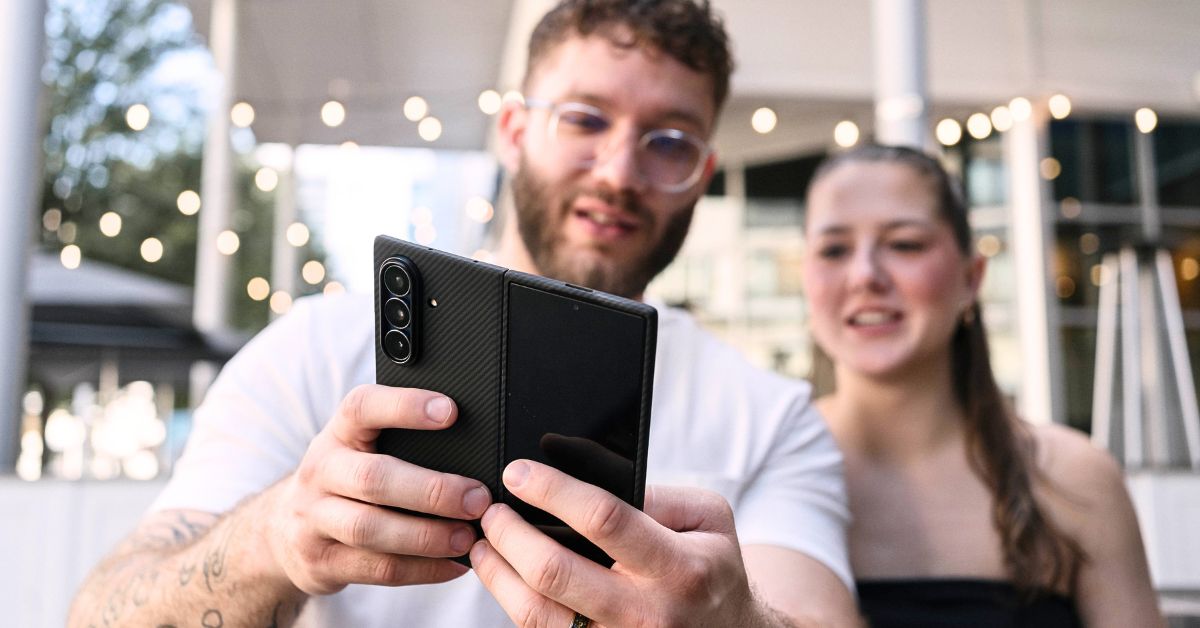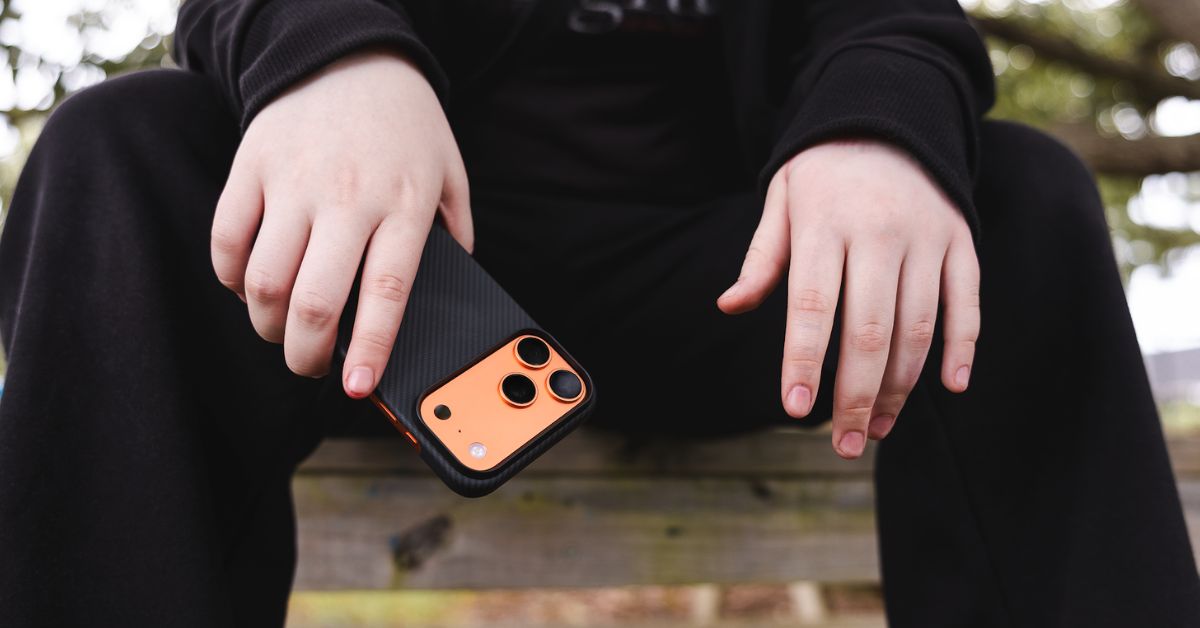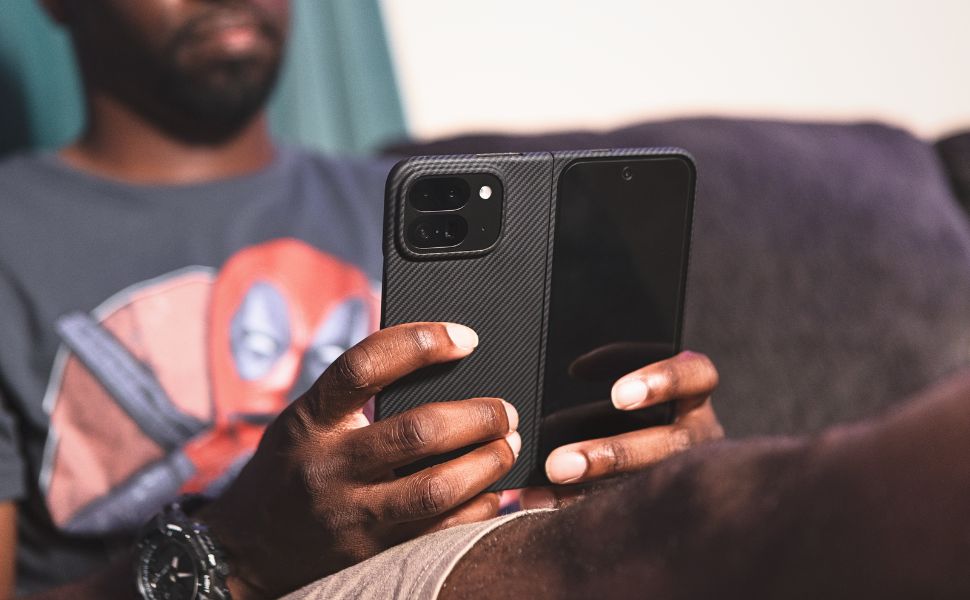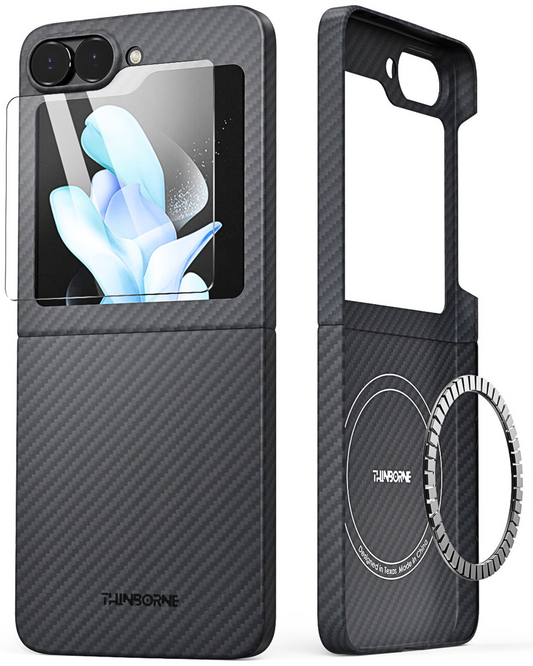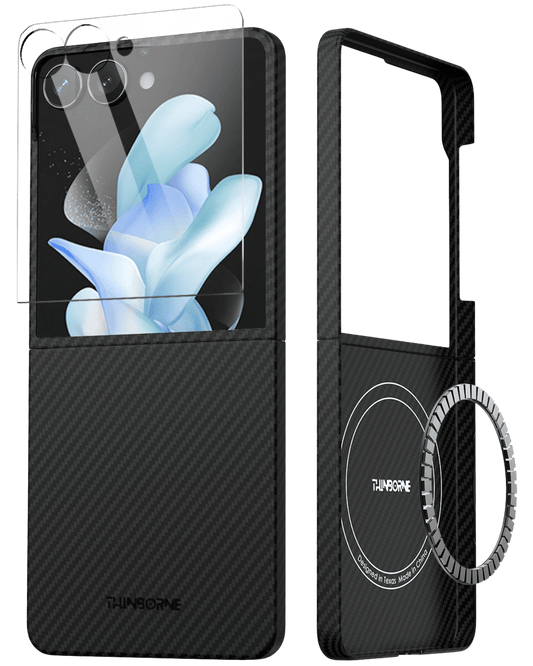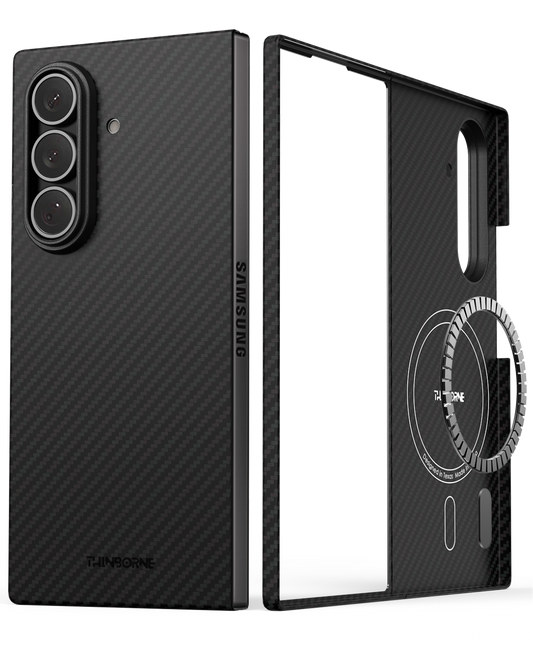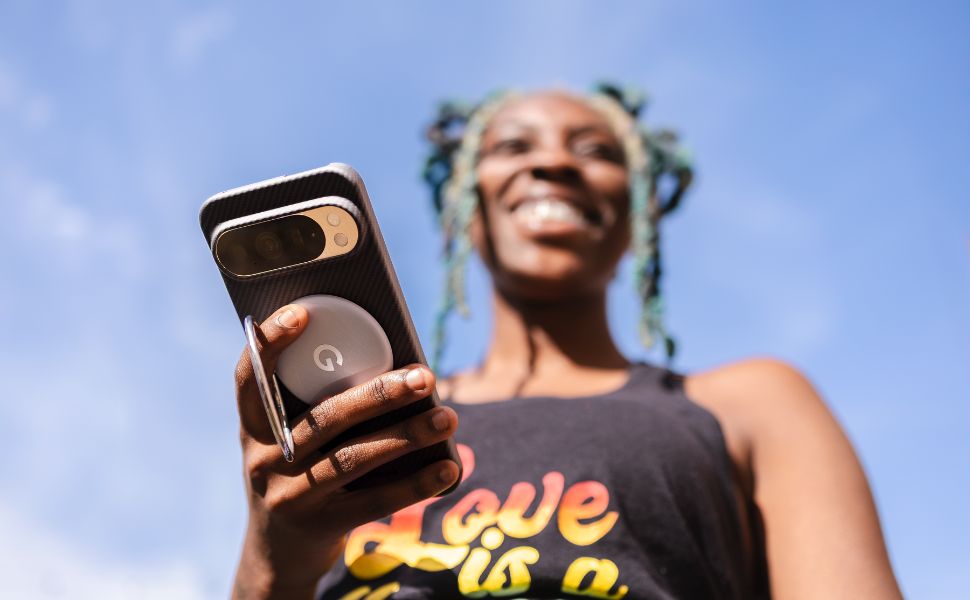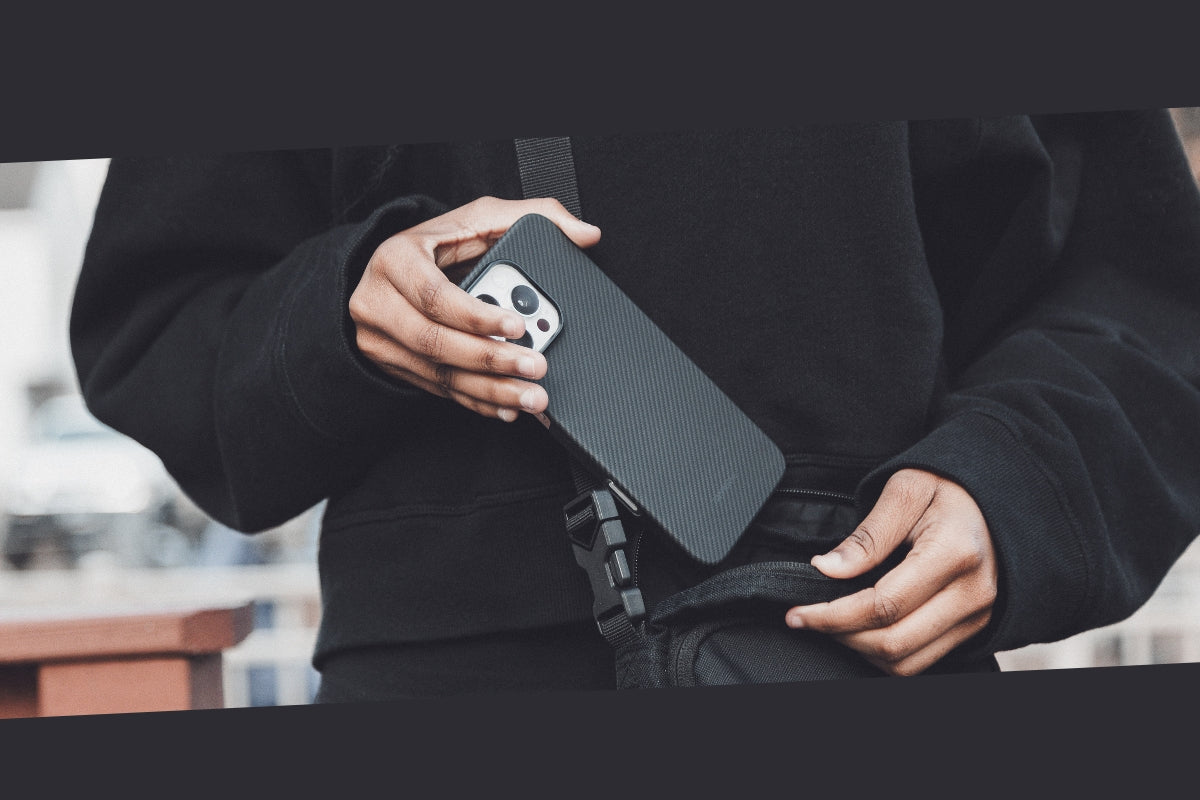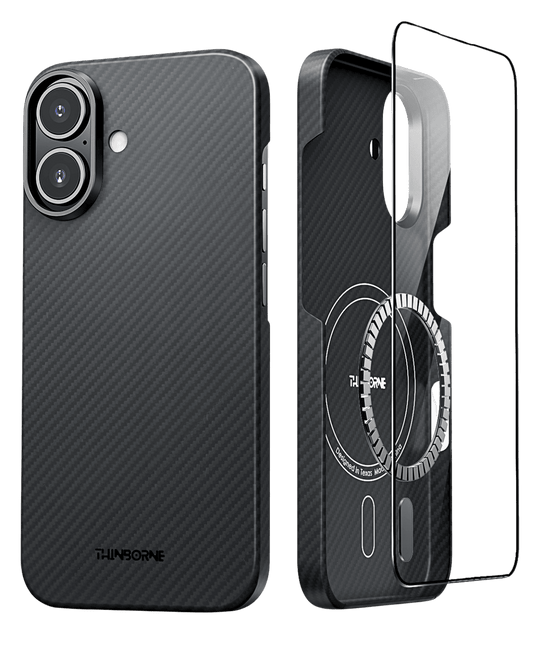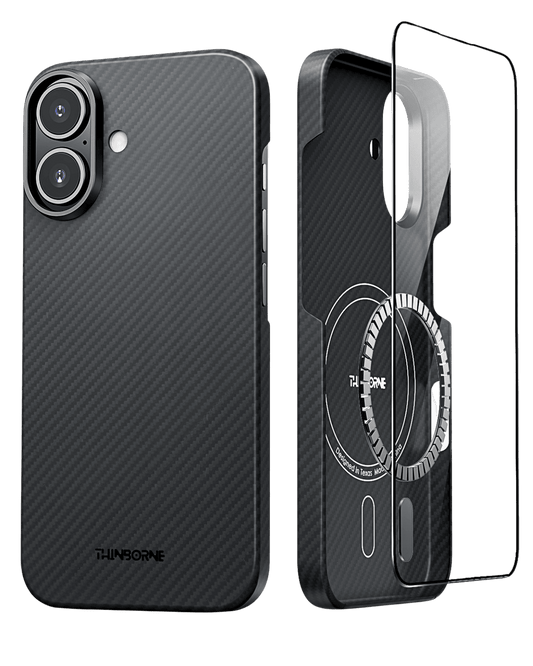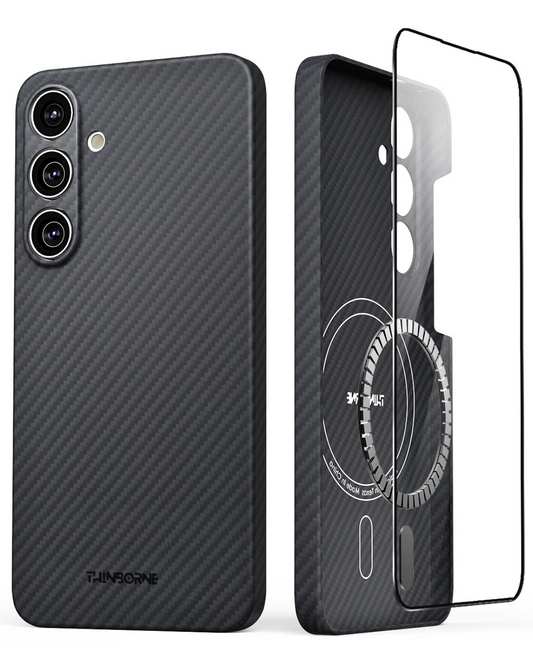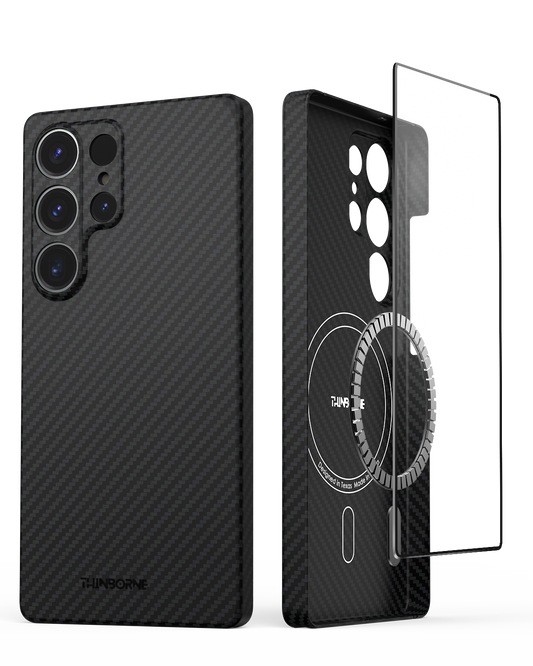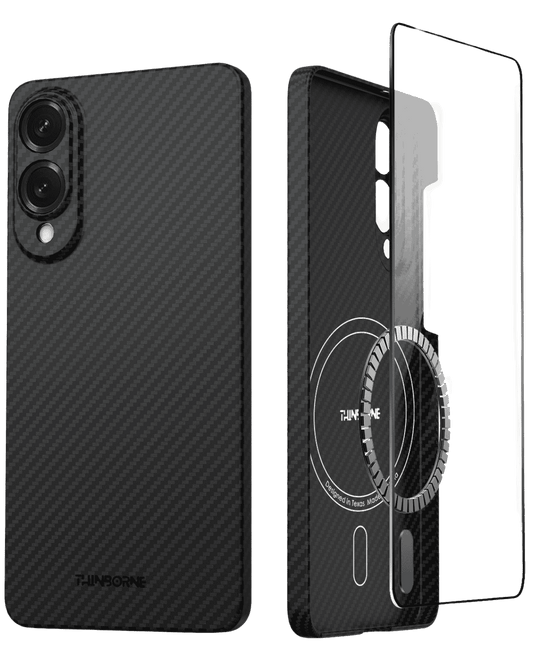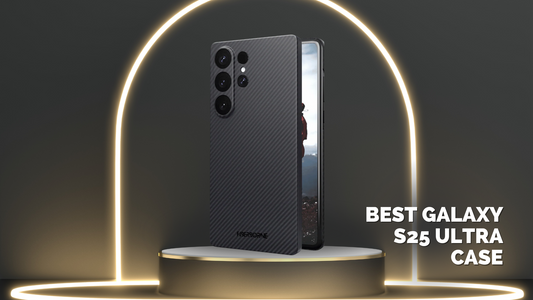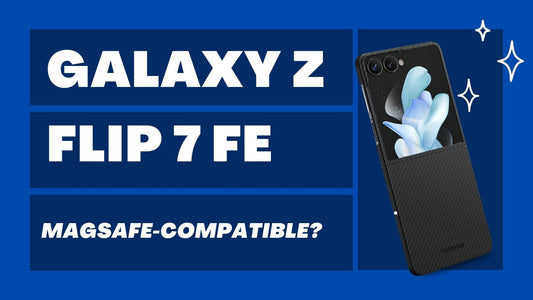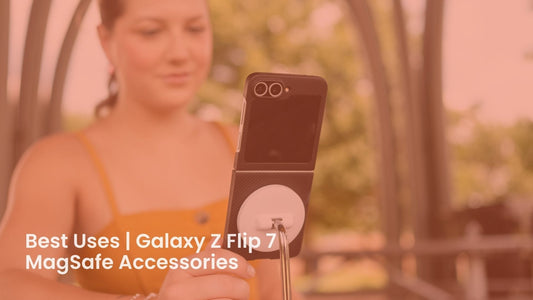Étui de téléphone super mince | Fibre d'aramide puissante
Nous sommes une société basée à Frisco, au Texas, connue pour nos coques de téléphone ultra fines en fibre d'aramide minimales compatibles avec iPhone, Samsung, Pixel et d'autres grandes marques.
Notre mission est simple : fabriquer des coques de téléphone exceptionnellement fines qui ne ressemblent à aucune coque. Fabriquées avec la meilleure fibre aramide, nos coques laissent transparaître l'élégance naturelle de votre téléphone.
Élevez votre style technologique avec Thinborne et adoptez la coque de téléphone la plus fine à texture de fibre de carbone.
New iPhone 17 Series Cases
Experience your iPhone like it was meant to be.
Our thinnest, lightest case for the iPhone 17 Air, 17 Pro, and 17 Pro Max keeps every curve visible while adding grip and elegance.
-
iPhone Air Case - Super Thin | Aramid Fiber | MagSafe
Prix habituel $69.69Prix habituelPrix unitaire par -
iPhone 17 Pro Max Case - Super Thin | Aramid Fiber | MagSafe - Black
Prix habituel $69.69Prix habituelPrix unitaire par -
iPhone 17 Pro Case - Super Thin | Aramid Fiber | MagSafe
Prix habituel $69.69Prix habituelPrix unitaire par
Foldable Phones Favor
Your foldable deserves a case that moves with you.
Ultra-slim, lightweight, and crafted for effortless feel — just like your phone.
-
Coque MagSafe super fine pour Galaxy Z Flip 5 - Fibre d'aramide 600D
Prix habituel $79.98Prix habituelPrix unitaire par$99.00Prix soldé $79.98Vente -
Galaxy Z Flip 7 Case - 600D Aramid Fiber - MagSafe - Black
Prix habituel $79.98Prix habituelPrix unitaire par$99.00Prix soldé $79.98Vente -
Super Thin Galaxy Z Fold 7 Case | Aramid Fiber | MagSafe
Prix habituel $89.69Prix habituelPrix unitaire par$99.69Prix soldé $89.69Vente -
Coque Thin Pixel Fold 2 - Fibre d'aramide 600D | MagSafe
Prix habituel $89.98Prix habituelPrix unitaire par
Étui en fibre d'aramide pour Google Pixel 9 série
Profitez de la coque de téléphone super fine, minimaliste, en fibre de carbone.
Vous allez adorer la coque de téléphone magnétique compatible avec MagSafe.
-
Coque Thin Pixel Fold 2 - Fibre d'aramide 600D | MagSafe
Prix habituel $89.98Prix habituelPrix unitaire par -
Coque super fine pour Pixel 9 Pro XL - Fibre aramide 600D avec MagSafe
Prix habituel $69.98Prix habituelPrix unitaire par -
Coque super fine pour Pixel 9 Pro XL - Fibre aramide 600D avec MagSafe
Prix habituel $69.98Prix habituelPrix unitaire par -
Coque super fine pour Pixel 9 Pro XL - Fibre aramide 600D avec MagSafe
Prix habituel $69.98Prix habituelPrix unitaire par
iPhone Cases
Slim, light, and refined.
Carbon fiber-inspired case, MagSafe-ready, and designed to feel natural in your hand.
-
iPhone 17 Pro Max Case - Super Thin | Aramid Fiber | MagSafe - Black
Prix habituel $69.69Prix habituelPrix unitaire par -
iPhone Air Case - Super Thin | Aramid Fiber | MagSafe
Prix habituel $69.69Prix habituelPrix unitaire par -
Super Thin iPhone 16 Case - 600D Aramid Fiber | MagSafe
Prix habituel $69.69Prix habituelPrix unitaire par$69.98Prix soldé $69.69Vente -
Super Thin iPhone 16 Plus Case - 600D Aramid Fiber | MagSafe
Prix habituel $19.98Prix habituelPrix unitaire par$69.98Prix soldé $19.98Épuisé
Guardians of Galaxy
Slim, light, and engineered for elegance — aramid fiber cases for your Samsung Galaxy.
-
Coque Galaxy S24 - Super Fine - Compatible MagSafe - Fibre Aramide 600D
Prix habituel $69.69Prix habituelPrix unitaire par -
Coque Galaxy S24 - Super Fine - Compatible MagSafe - Fibre Aramide 600D
Prix habituel $69.69Prix habituelPrix unitaire par -
Coque super fine pour Galaxy S24 Ultra | Fibre d'aramide | MagSafe
Prix habituel $69.69Prix habituelPrix unitaire par -
Coque super fine pour Galaxy S24 Ultra | Fibre d'aramide | MagSafe
Prix habituel $69.69Prix habituelPrix unitaire par
Coque de téléphone super fine approuvée par les utilisateurs du monde entier



